I have a HP Mini 5103. A security minded friend wanted me to physically disconnect the internal webcam and stereo mic, no problem as both are individually connected to the motherboard via a wire harness. I unplugged both.
After this simple modification, I decided to verify that no sound was being recorded, so I hit record for a few seconds in Audacity. At first it only seemed to be recording white noise, sounds in the room weren't captured, which is what I expected. Then I tried tapping the laptop, and suddenly spikes of activity showed up in the recording with each tap. Playing it back, the taps can be heard relatively clearly.
Is it possible that the sound card's circuitry is sensitive enough to be picking up these vibrations without a mic? My initial suspicion was that there was a third mic, maybe just for low frequencies, but I couldn't seem to find anything else on the motherboard. HP only lists the stereo mic on their major parts list: https://support.hp.com/us-en/document/c02492286
